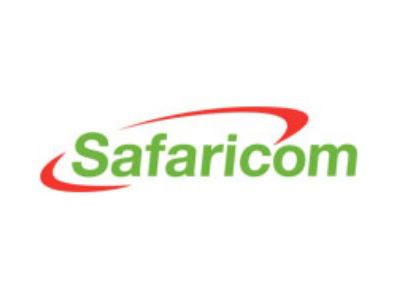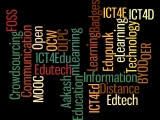Is rural agriculture a big business opportunity for the mobile industry or the mobile industry is a big business opportunity for rural agriculture?
This is the question that I continue to grapple with as I browse through presentations at the mAgri event during the just ended GSMA Mobile World Congress 2012 in Barcelona, Spain, and also analyze the “charge” by the Chairman of Microsoft at the IFAD Governing Council Meeting in Rome, earlier this year. Below is the recap of the presentations at the event that seem to highlight the importance of these services to the rural smallholder farmer followed by the perspective from Bill Gates.
GSMA Mobile World Congress
Introducing the mAgri event at the Congress, the Managing Director of GSMA Development Fund, Chris Locke reiterated the importance of mobile technologies in improving food security by reaching rural farming communities that are otherwise, not served by the traditional agricultural extension services. He stated that with the continuous support from the Bill and Melinda Gates Foundation and USAID, the goal is to expand the mAgri program to six more countries. “What we are really looking for is a delta in a data – a delta that shows that there is a significant mobile penetration among the audience we are trying to reach but the lack of access to existing services that are trying to give them valuable information to help improve economically and socially, said Locke.”
Subrahmanyam Srinivasan, the CEO of IFFCO Kisan Sanchar Ltd (IKSL) then shared their experience in India through push and pull model of information delivery to their clients. Through an enviable partnership between IFFCO, Bharti Airtel, and Star Global Associate, m-powering utilizes mobile technology to provide agricultural information to over 3million revenue earning farmers in India and another 1million listening farmers.
The Global Product Leader of Nokia Life Tools (NLT), Bhanu Potta also emphasized the importance that Nokia place on educating rural farmers about production of new crop and animal varieties. According to him, these farmers are now switching from the traditional food crops to commercial and cash crop commodities and therefore need actionable, timely, locally relevant information in their local languages, and from trusted sources. The Nokia Life Tools provide farmers with market price information, weather updates, and news and tips on crops within their geographic location. A new feature that was released during the congress will enable interactions among the users and with experts through voice. NLT currently serves over 50million users in the area of health, education, agriculture etc. in India, China, Indonesia and Nigeria.
Mark Davies, CEO of Esoko then explained how access to agricultural information through mobile phone has improved revenue generation of smallholder farmers in Ghana. According to him, through the mobile services of esoko, farmers are able to better negotiate price with traders, avoid traders and go directly to the regional markets, delay selling their products until they can obtain the best price, and socially help address trust issues in marriages when women return from the market with their sales. With the challenge of scaling their services, esoko now serves between 10-20 thousand farmers in Ghana and also franchising their tools to other countries to deliver their own contents.
Finally, Marc Ricau, Vice-President Country and Partnerships of Orange AMEA outlined how the company is shifting focus from urban customers to rural customers in 25 countries (18 in Africa), since about 60-70% of the population in these countries live in rural areas and are farmers. According to him, they are developing and expanding network coverage in these countries and partnering with content developers to serve these rural farmers with mobile services and solutions for their agricultural needs. “Mobile services can bring development in these areas by increasing productivity of the farmers, said Ricau.”
IFAD Governing Council Meeting
From a different perspective, the Microsoft chairman recently charged three UN Organizations – the International Fund for Agricultural Development (IFAD), the World Food Program (WFP) and the Food and Agriculture Organization (FAO) to do better to serve farmers. “Right now, a digital revolution is changing the way farming is done, but poor small farmers aren’t benefiting from it” said Bill Gates. The billionaire philanthropist also criticized countries, food agencies, and donors that aren’t working together in a focused and coordinated way to provide the help small farmers need, when they need it.
So my question remains as to whether the digital revolution is an opportunity for the mobile industry or an opportunity for the smallholder farmer? In other words, who is benefiting from the this huge opportunity – the smallholder farmer or the mobile industry? Is the smallholder farmer really benefiting from all these interesting stories by IKSL, NLT, esoko, Orange and hundreds of ICT and mobile solutions being designed for agriculture? If yes, how and if no, why?























































